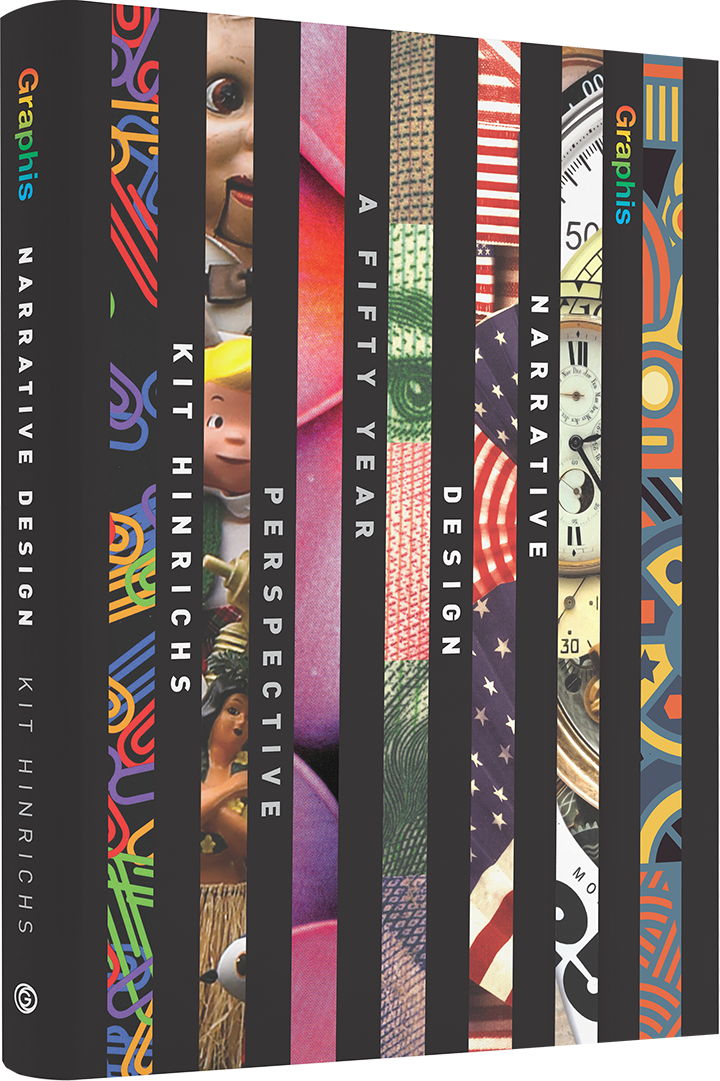Smithsonian Institution’s National Museum of African American History and Culture
Competition:Design Annual 2018
Award:Silver
Design Firm:Ralph Appelbaum Associates
Client:Smithsonian Institution’s National Museum of African American History and Culture
Categories:Museum, Print
DesignerRalph Appelbaum Associates
Executive Creative DirectorRalph Appelbaum
Project DirectorMelanie Ide
Project ManagerLuka Kito
Writer & Content DeveloperAvery Willis Hoffman
Writer & Content DeveloperLouise Bernard
Writer & Content DeveloperHana Elwell
Art DirectorAki Carpenter
Exhibition DesignerRio Valledor
Exhibition DesignerJuanita Wichenkuer
Exhibition DesignerDanae Colomer
Exhibition DesignerAdrian Castiniera
Exhibition DesignerLittle Wing Lee
Exhibition DesignerLatoya Nelson
Exhibition DesignerMatthew Krupanski
Exhibition DesignerIsoke Miller
Exhibition DesignerJamaal Hooker
Exhibition DesignerMeredith Harmon
Design ManagerJennifer Whitburn
Exhibition DesignerRichard Ferrer
Exhibition DesignerAmna Ali
Graphic DesignersMegan Kerman
Graphic DesignersPaul Samples
Graphic DesignersTishon Woolcock
Graphic DesignersJon Grizzle
Graphic DesignersPiera Wolf
Graphic DesignersHyewon Shim
Content CoordinatorJackie Peterson
Content CoordinatorJennifer Harrington
Content CoordinatorAndrea Worby
EditorSusan Packard
Project CoordinatorJan Burdick (Project Administrator)
Digital ArtistGeorge Robertson
Digital ArtistSean Pattison
Digital ArtistScott Shepard
Digital ArtistEarl Bell
Model MakerAdrian Davies
Country:United States









